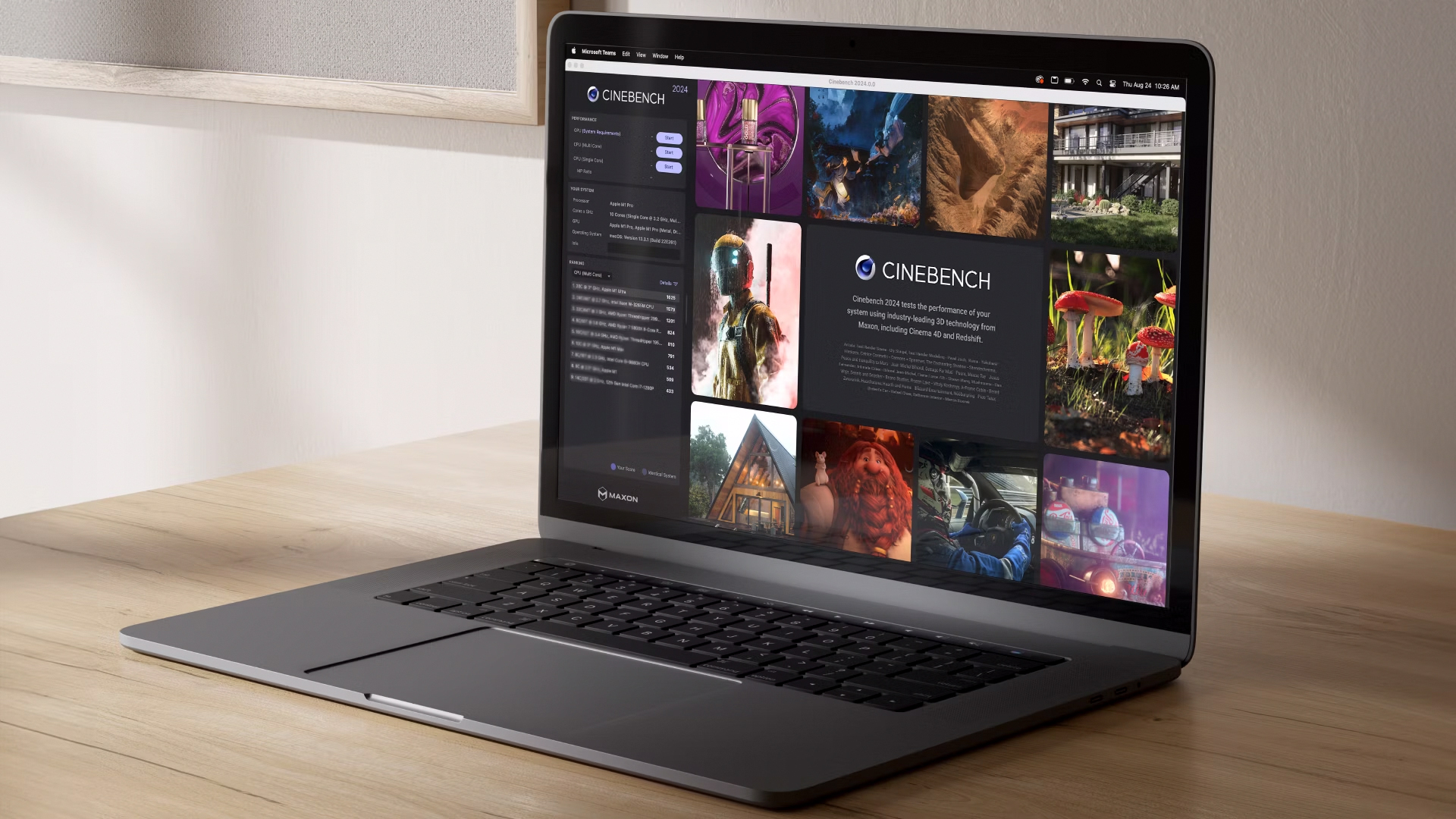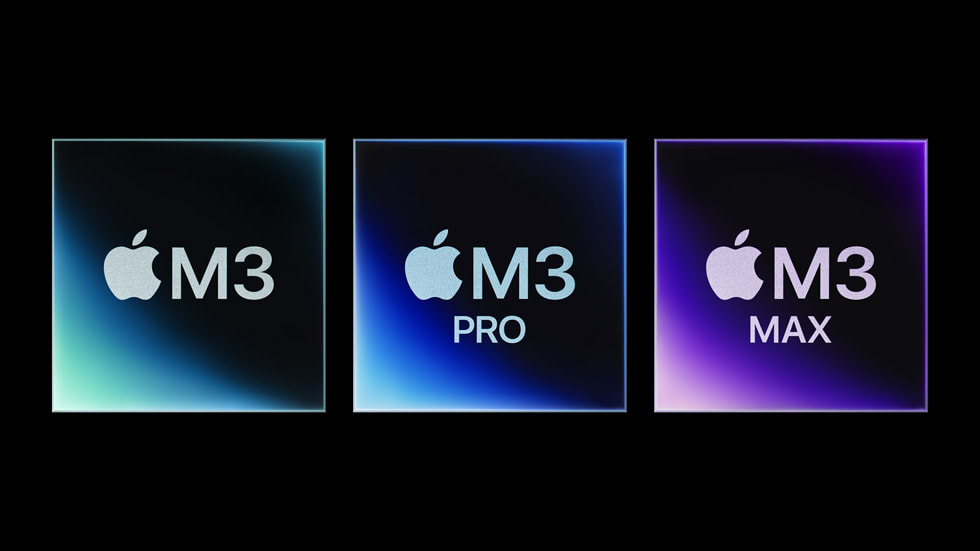
Apple's new M3 chips have just shifted my view on using a MacBook for 3D rendering and 3D art. I have more than 20 years experience in the 3D industry, including as a studio lead, and Apple just gave me a new option.
In general, Apple MacBook’s have been the favoured choice for using Adobe software like Photoshop, the view being these are great for graphic design and 2D digital art; 3D artists have traditionaly used powerful PCs and workstations (read our feature on workstation versus consumer PC for a breakdown).
The ability to max out on hardware in PCs, including CPUs, GPUs and RAM has meant that the Apple MacBook lineup just hasn’t cut it over the years, not to mention the fact that industry-leading software, like 3ds Max, has only until recently been made available to MacBook users.
All this has changed, overnight, with the announcement of the all-new M3 Apple chip at Apple's Scary Fest event. In reality, the move began in 2020 when Apple released their M1 chip, a move away from Intel's processors and towards a new future of in-house developed chips. The subsequent M2, and now the new M3 chips, have gone on to further increase speed and capacity, making a MacBooks with the latest chip a more viable option for 3D artists. This is even truer with the impressive M3 Pro and M3 Max options of the chip.

To recap, the new MacBook Pro laptops from Apple will come with either the M3, M3 Pro or M3 Max chips. The standout chip for 3D rendering and CG artists is clearly the high-end M3 Max; this is a monster. It features up to 128 GB of unified memory, packs in 92 billion transistors, and has a 40-core GPU and a 16-core CPU.
All three M3 chips have been designed to run power-intensive apps and workflows, whether that's for gaming (finally, Apple) or for video editing and 3D rendering, including making use of advanced tech such as ray tracing and mesh shading.
Given this, it's no wonder the apps I rely on will now finally run well on an Apple MacBook Pro. In fact, it's telling that Maxon has just announced that Redshift and Cinebench are fully optimised for the new MacBook Pro lineup containing M3 chips.
I’ve seen a huge uptake, in recent years, towards using Redshift across the 3D industry. The fact that it offers a wide range of software integrations such as 3ds Max, Blender, Cinema 4D and Maya, to name only a few, just goes to show that Redshift being optimised for these M3 chip makes this a perfect combo for any 3D artist. That is assuming you have the money to make it happen, especially if you want the swish new 16-inch MacBook Pro that starts at starts at $2,499 (the new iMac starts at $1,299 and the 14-inch MacBook Pro starts at $1,599 with M3 or $1,999 for M3 Pro).

Leaving price of entry to one side, and just looking at Apple's announcement, and support from Maxon, I’m excited to see the benefits of the new GPU architecture in the M3 chips. With hardware-accelerated ray tracing it is likely to deliver incredible speeds across 3D rendering applications and in video games that require ray tracing technology. (Apple is more serious than ever about breaking into games, read our article on iPhone 15 gaming for how its going.)
Personally, I rely on hybrid working, as I know many 3D artists do, so the fact that these new Apple M3 chips are going to be available in the new MacBook Pro lineup makes this a very appealing offering. It will be really interesting, over the next year or two, to see how the battle plays out between PC and Mac in the 3D industry. I for one now feel like I have more options, and Apple's clear targeting of 3D artists and the CG industry as well as gaming and game development, could even see prices of entry come down… well, I can hope.




!["[T]he First and Fifth Amendments Require ICE to Provide Information About the Whereabouts of a Detained Person"](https://images.inkl.com/s3/publisher/cover/212/reason-cover.png?w=600)


